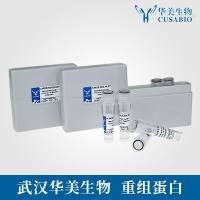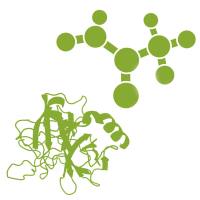Photothrombotic Infarction of Caudate Nucleus and Parietal Cortex
互联网
844
Basal ganglia infarction is typically caused by the occlusion of deep arteries and the formation of relatively small lesions called lacunes. In this report, we describe a method to induce basal ganglia infarction by photothrombosis and show some of the characteristics of the method in comparison to the more standard cortical photothrombotic model. A polymethylmethacrylate optic fiber with 50-cm length and 0.5-mm diameter is connected to a light source. The edge of optic fiber is beveled with 30 degree of angle, and the light intensity at the tip kept at 1,700 lux. Male Sprague–Dawley rats or Mongolian gerbils are anesthetized, and the optic fiber was stereotaxically placed into left caudate nucleus or parietal cortex. Rose Bengal dye (20 mg/kg) is intravenously injected, and the brain exposed to cold white light for 10 min via the optic fiber. In our experiments, morphological examination revealed an infarct with thrombosed parenchymal vessels surrounded by a layer of selective neuronal death in both the caudate nucleus and cortex. The pattern and distribution of open field locomotion after caudate infarction in gerbil was significantly different from those of cortical infarction. Photothrombotic infarction is inducible in the basal ganglia by the stereotaxic implantation of thin optic fiber. This method is useful for the study of neurological changes after basal ganglia infarction.









